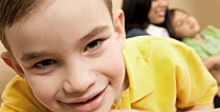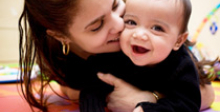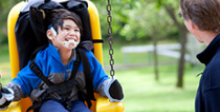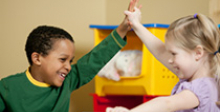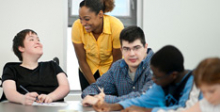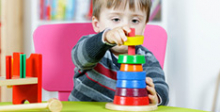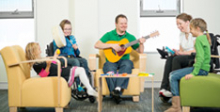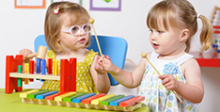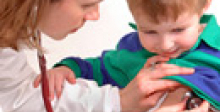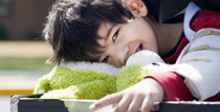Internal mini form
Contact Us Today
Behavior is a culmination of many things; it’s a product of how a person feels about themselves and others, how they perceive their place at home and school, how they’re coping with their physical condition, and how they are treated by others. There are many ways that behavior, when it’s out of sync, can be addressed. The first step in any attempt to help an individual develop positive perceptions is to understand what drives it, and what activities may help bring confidence, empowerment and peace to a person that is struggling to cope.

Associative conditions
Cerebral Palsy affects muscle tone, gross and fine motor functions, balance, coordination, and posture. These conditions are mainly orthopedic in nature and are considered primary conditions of Cerebral Palsy. There are associative conditions, like seizures and intellectual impairment that are common in individuals with Cerebral Palsy. And, there are co-mitigating factors that co-exist with Cerebral Palsy, but are unrelated to it. Understanding conditions commonly associated with Cerebral Palsy will enhance your ability to manage your child’s unique health concerns.
Associative Conditions
Common associative conditions
Click on a condition listed below to learn more.


